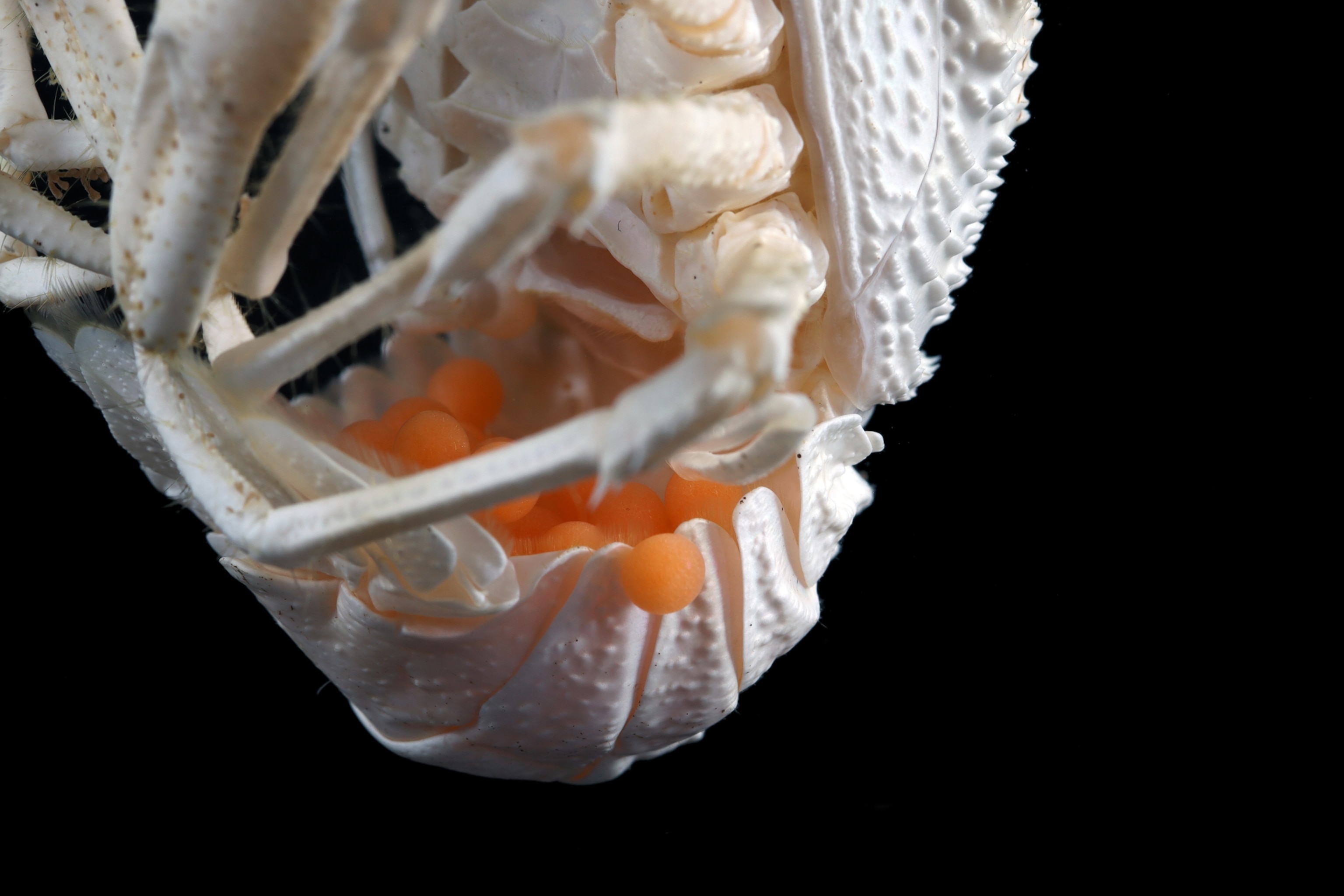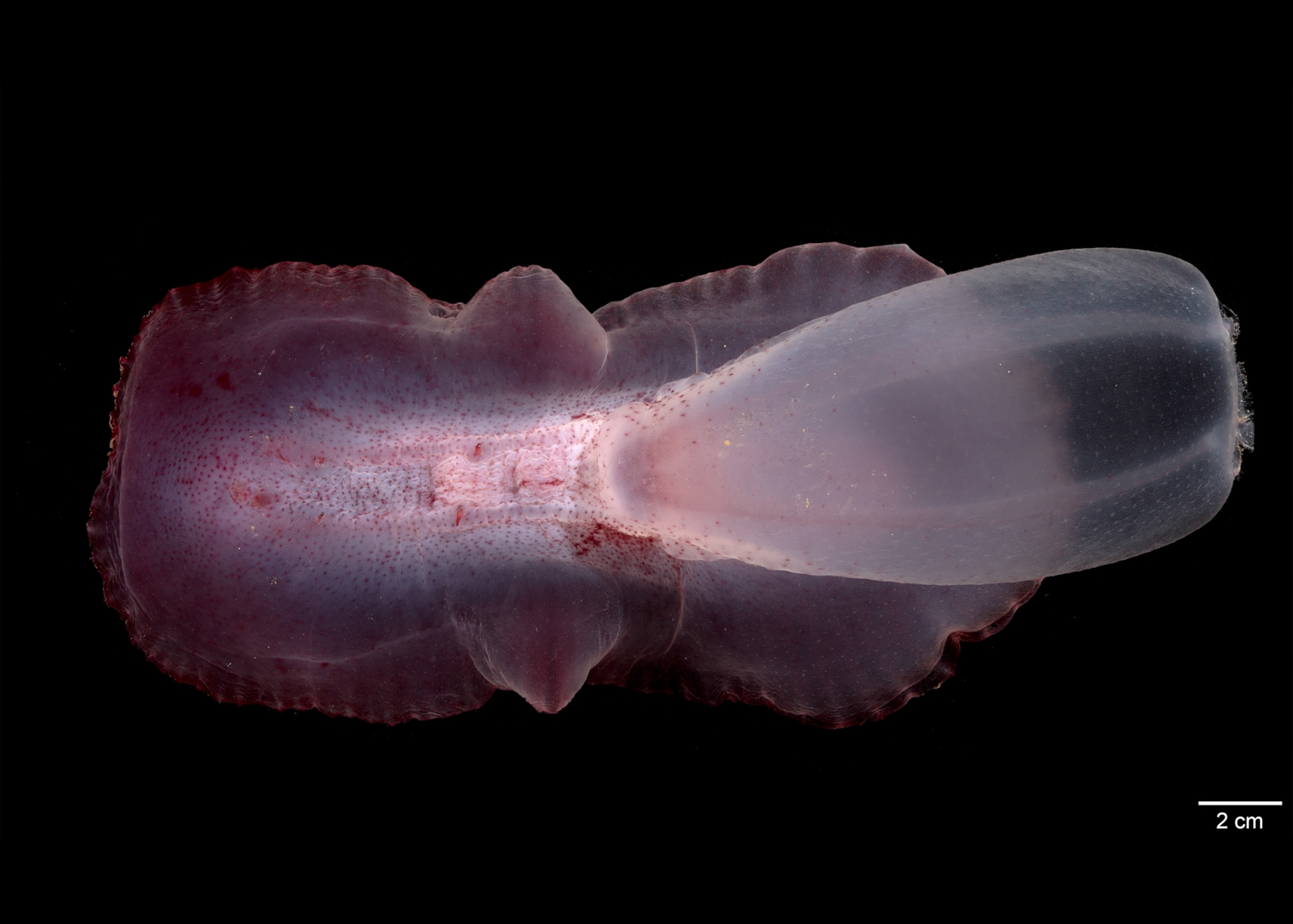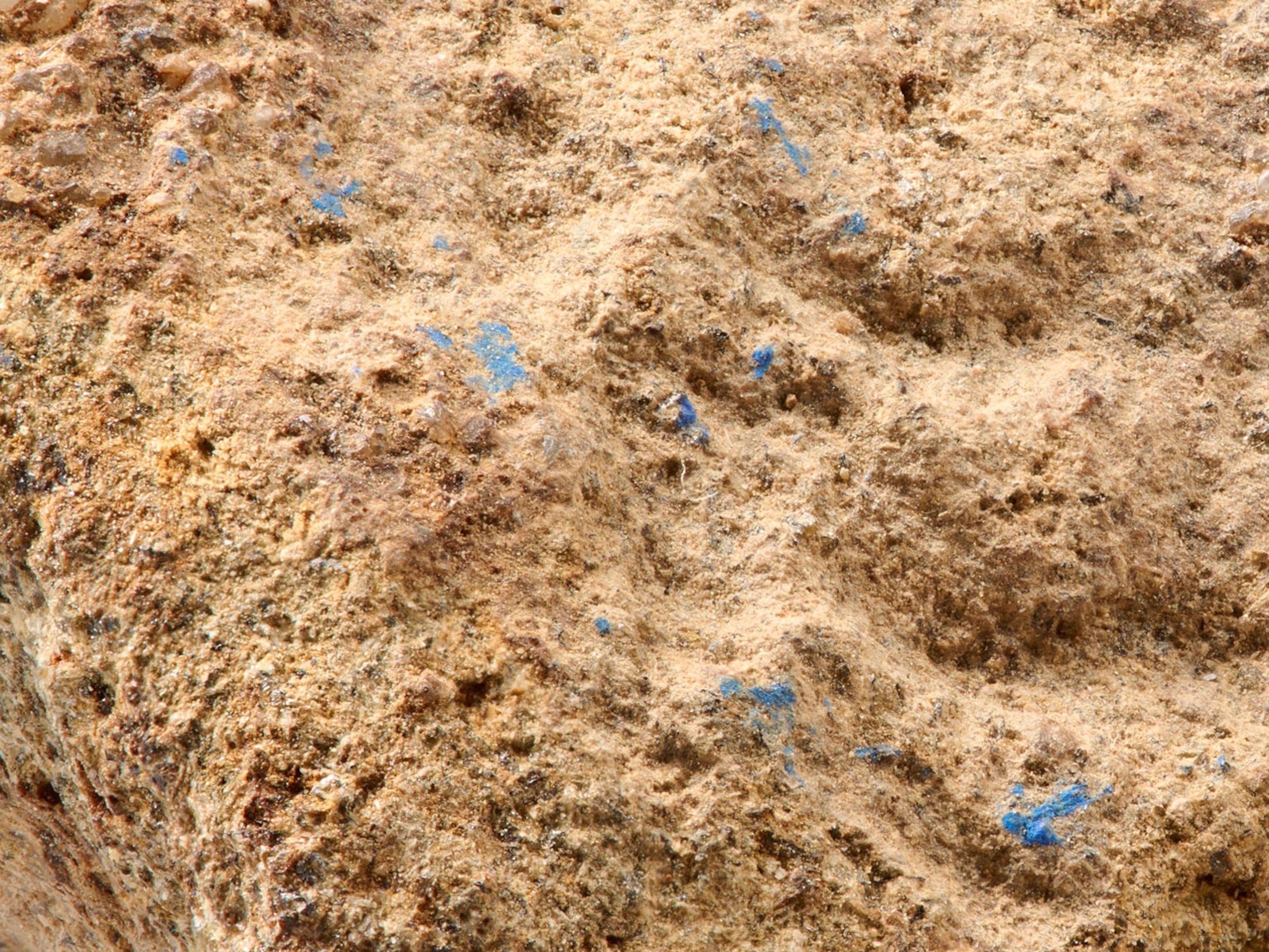These deep-sea animals are new to science—and already at risk
About 90 percent of species found in the Clarion Clipperton Zone have never been identified, yet they may be at risk from mining for minerals such as cobalt and nickel.

Spanning 1.7 million square miles of ocean from Hawaii to Mexico, a hidden underwater world teems with life. More than 5,500 deep-sea species reside in the area of the Pacific known as the Clarion Clipperton Zone, and roughly 90 percent of them have yet to be described by science, according to a new study.
(Giant "Amoebas" Found in Deepest Place on Earth)
“Everything in the [deep sea] is extremely cold and obviously completely dark,” says Adrian Glover, a co-author on the study and scientist at the Natural History Museum of London, which led the research. “The amount of food is very low. Yet somehow—you know, the cheesy Jurassic Park line—life finds a way to survive down there.”
('Alien'-Like Sharks With Extendable Jaws Pulled From Deep Sea)
To create a comprehensive inventory of all the species living in this region, the researchers sifted through more than 100,000 biological records from research expeditions, with some reports dating back to the 1880s.
They recorded an abundance of arthropods such as shrimps and crabs, as well as sea cucumbers, mollusks, and, perhaps unsurprisingly, the hyper-durable tardigrade, which can survive some of the most extreme environments on Earth.



But there’s a catch: The species in this zone share their home with one of the ocean’s largest known reserves of precious minerals, including cobalt, nickel, and manganese. Concentrated in billions of dark lumps scattered across the seafloor called “polymetallic nodules," these types of minerals are required to create renewable technology such as solar panels and batteries for electric vehicles, which will be critical in the fight to slow climate change, experts say.
As a result, the CCZ has become a prime candidate for potential deep-sea mining operations. Though not yet legal, commercial seabed mining in international waters is creeping toward reality, which could have devastating consequences for deep-sea biodiversity, research suggests. That’s why determining what species dwell in this region is so important, says study leader Muriel Rabone, a deep-sea researcher at the Natural History Museum of London. (See photos of more deep-sea creatures.)
“If there are mining activities in the area, we need to understand what those impacts may be,” says Rabone, whose study was published today in Current Biology. Without an idea of how many species there are in the CCZ, “we are going in blind,” she says.


Deep-sea wonders
In the past few decades, scientists have used underwater remotely operated vehicles to study the CCZ, which reaches depths of 18,000 feet in some areas. Yet, the biological data from these expeditions is often overlooked, says Glover.
“There's a huge amount of samples that just get collected from these environments and don't get worked up.”
To help remedy this, the researchers spent many months combing through and compiling deep-sea data from seven different sources. One of the platforms they pulled from is a database called DeepData, where contractors—including mining companies—are required to submit findings from exploratory mining environmental assessments through the International Seabed Authority, the intergovernmental body tasked with regulating seabed mining.
Of the 5,578 species the researchers recorded, just 436 of them have been formally described by science. This list includes gelatinous “gummy squirrel” sea cucumbers and colorful polychaete worms, as well as some species like sea lilies that actually live on stalks attached to the polymetallic nodules, according to Glover.

Glover is currently working on a separate research project funded by The Metals Company, a metal producer that has several exploratory mining contracts in the CCZ with the aim to eventually mine in the area. However, the authors declared no conflicts of interest on this study. (Read more reporting about how mining the CCZ could be disastrous for ocean life.)
"If we are going to be able to synthesize and understand what's going on in the Clarion Clipperton Zone in a way that we can effectively manage the region, we have to combine knowledge from industry, from academia, and from private foundations,” says Lisa Levin, an oceanographer at the University of California in San Diego who was not involved in the study. “We have to bring all the resources together."
While the study provides a clear picture of all known deep-sea animals in the CCZ, it also shows everything we don’t know about biodiversity in this region—which is an equally crucial finding, says Levin.


“Another really important point about this paper is that everything in it has to be an underestimate, because so many parts of the Clarion Clipperton Zone haven’t been sampled,” she says.
Mining impacts
To retrieve the polymetallic nodules in the CCZ, companies plan to use large machines that excavate the seafloor, which will likely kill many of the fauna living there as well, past research shows. Additionally, the plumes of sediment stirred up by mining operations may smother some species, while noise pollution from machinery could stretch hundreds of miles from the original mining site, models suggest. (Learn more about the race to mine the deep sea.)
In the face of so many potential risks, more than 700 marine experts have signed a letter calling for a pause on seabed mining operations until more research can be done.

“We need further science to assess what the damage might be,” says Julian Jackson, an oceans manager at Pew Charitable Trusts, which funded the new study.
However, speculators and mining companies argue that deep-sea mining is necessary sooner rather than later to meet growing demands for renewable technologies. The next round of talks to discuss deep-sea mining regulations is set to happen this summer.
“It will be a question of how much risk that society is willing to take,” says Glover. “We’ll wait to see whether they'll move forward [with seabed mining] or not. Meanwhile, we'll try and get as much information as we can.”








